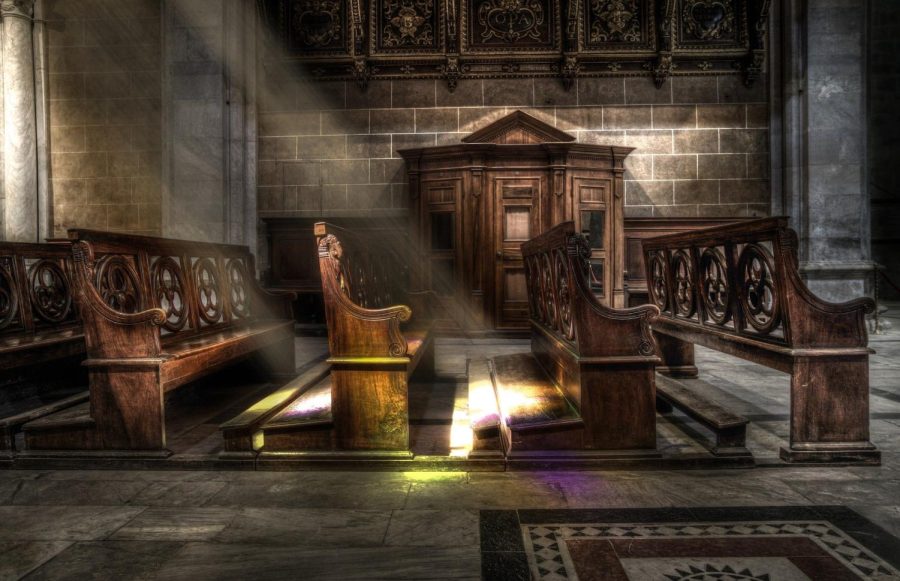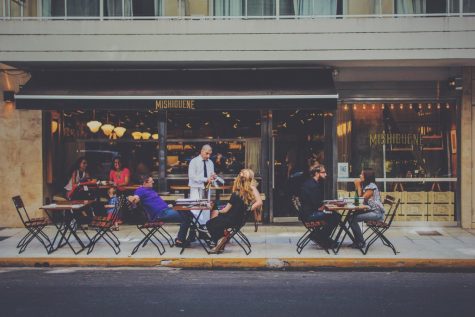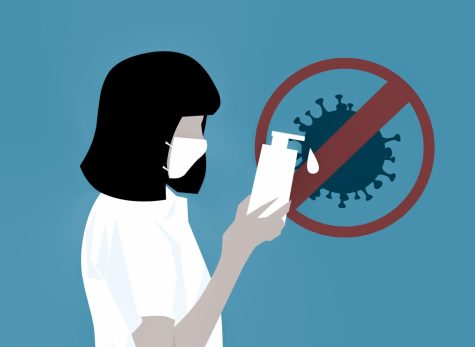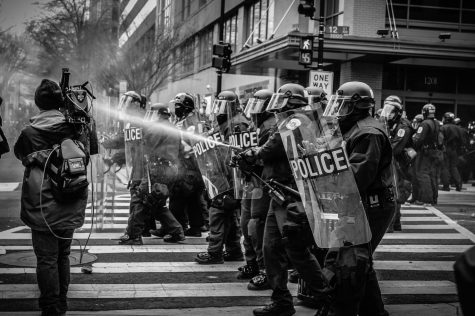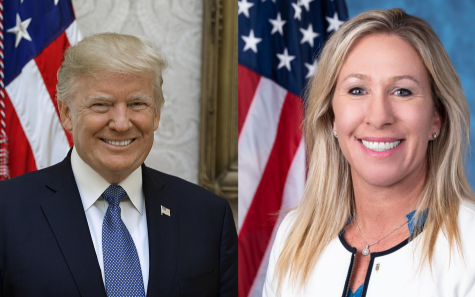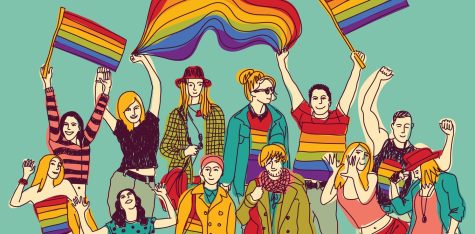BEYOND | The New Normal for Religious Services
Religion is a significant aspect in the lives of many. For those who are religious, gathering with people and sharing their faith often brings meaning and joy into their lives. However, the pandemic made gathering difficult, if not impossible.
“We shut down for a period of about seven or eight weeks, so everything had to move digitally,” said Pastor Brad Ferris of Rochester Christian Church.
Ferris has been a pastor for 27 years and at the Rochester Christian Church for almost nine.
“When we came back, we had to do social distancing, wear masks and we took all the seats and spread them all out in the worship center,” Ferris said. “We had some seats that were in groups of two, some in three, some in four and we had those spread out 6 feet apart.”
Ferris added, “Since then we’ve put all that back together. There’s still a couple of things we do differently. We still do communion like we did every Sunday before, but we don’t pass out trays because we don’t want people reaching into the same tray. We have prepacked communion. We also don’t pass offering trays. We have lock boxes at the back of the worship center where if people want to give financially, they just drop it in there. We also don’t hand out bulletins.”
The number of people attending is down, Ferris said. It was 500 people on Sunday morning before the pandemic. Now, it is 225 or 250.
“We’re running about 50% of our attendance in person as we were before the pandemic,” he said.
The church does offer live-streaming of services.
“We still have a pretty good audience that watches us online but they don’t come to the building,” he said.
Ferris noted the adjustment to more online viewers: “We’ve had to try to figure out how to get people involved in the different things that we’re doing when they don’t come in person.”
He said the church is doing that by being more active on their app and posting on social media more.
Rabbi Lynn Goldstein of Temple B’rith Sholom said attendance has been increasing since her arrival in July of this year.
The first three rows of seats are blocked off so she cannot accidentally infect anyone, she said.
“Every week on Thursday, we send out an e-blast of all of the activities over the weekend and beginning of next week,” Goldstein said of connecting with the congregation. “We put out a second document on Friday right before services just to remind people if they lost the e-blast. We also send a monthly bulletin.”
“This synagogue never closed during the pandemic, but people were supposed to spread out six feet unless they were family.” Goldstein said. “After a while they started having receptions. People spread out and all had their shots. That at least felt more comfortable.”
A leader of a local Catholic Church who wished not to be named talked of the changes his church made.
“There was a whole period of about six months we couldn’t even have Mass,” the priest said. “We couldn’t gather for big holidays like Christmas or Easter.”
They had to go to live-streaming Masses.
“We probably began celebrating again in February,” he said. “We had to wear masks and distance ourselves once we got back together.”
In the meantime, priests came up with other ways to minister to their congregations.
He said: “Priests had to be inventive going to confession. Many had drive-in confession,” which is where a person would drive up, there would be a distance between the priest and parishioner and they would do confession sitting in their car.
Many people discovered religion for the first time or turned back to it during the pandemic.
Ferris commented on why he believes people turned to faith. “When you’re thrown into a crisis you want to seek an answer for that. Sometimes it’s out of fear. They get scared about what the future holds.”
Plus, Ferris said there is less of a barrier to learning about the church when it is online.
“It was easier than before,” Ferris said. “A lot of churches started doing Facebook Live. It would have been hard for people in the height of the pandemic to scroll on their news feed on Facebook and not see multiple churches where they could stop and listen to somebody preaching or worship music.”
Goldstein also said why she believes more people turned to faith during the pandemic.
“Pandemics are scary,” she said, adding “It doesn’t matter who it is or where it is, pandemics are frightening.”
The Catholic leader said, “COVID makes you focus on what’s important: family, spending more time together”
Many of those who attend church and temple were not able to have the community they gain from meeting in person.
“Church is a place people can call home. It’s a place you can belong,” Ferris said. “You can just come as you are and be a part of what’s happening here. I think just that connection gives people significance. When you find a church you’re happy to be a part of, you know it is a safe place.”
The Catholic leader also shared why community is significant.
“When celebrating Mass, we as Catholics believe we are joined with our brothers and sisters in heaven, purgatory, and the whole world,” he said.
He continued, “During Mass, Christ feeds us with his word and nourishes us so we can make right decisions.”
Religious gatherings have evolved throughout the pandemic. Some changes were made to great satisfaction and others were made simply because other options weren’t available. Religious leaders are wondering what gathering will look like after the pandemic.
Of what his church will do following the pandemic, Ferris said, “I don’t know that we’ll pass communion or offering trays again.”
He added, “We’ll have to take into account people who would say RCC is their church, but they never come to the building. We just didn’t have to deal with that before. We’ll have to continue looking for ways to engage those people and get them involved.”
There are people who want to come back, but they’re not yet comfortable, Ferris said. “That’s totally understandable.”
Goldstein said the synagogue will continue to find ways to communicate with the congregation and keep people connected.
“Thursday is our day for communication,” she said. “I think we’re going to continue communicating that way.”
The Catholic leader believes everything will get back to the way it was.
He said they will “continue invitation of others to church and encourage people to come back to the church.”
Whether religion and religious gatherings begin to look much like they did before the pandemic or they change forever, one thing Rabbi Goldstein said will linger long after the pandemic is over: “What we all need to learn is to really care about each other and to be kind to each other. I think the kinder we become the better off we will be.”
Maddy Wycoff is a sophomore at Lincoln Land Community College and a theater major. When she’s not spending time with her dogs, she enjoys seeing movies with her brother, playing the piano and driving her mom insane by performing comedy for her.



